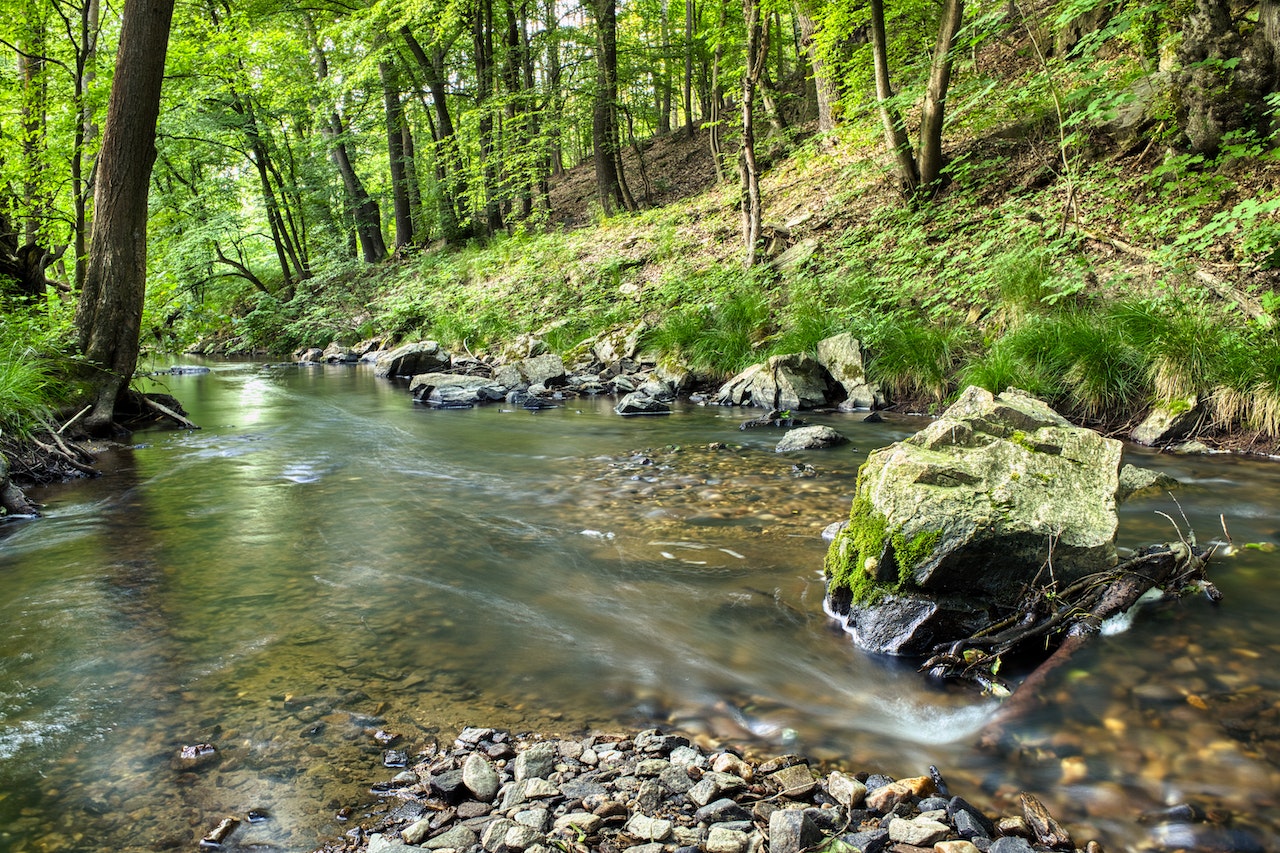Covering 35% of Europe’s land area, forest ecosystems play a crucial role in safeguarding biodiversity and mitigating climate change. Yet, forest degradation continues to undermine key ecosystem services that forests deliver to society. The study provides a spatially explicit assessment of the condition of forest ecosystems in Europe following a United Nations global statistical standard on ecosystem accounting, adopted in March 2021. Forest condition is measured on a scale from 0 to 1, where 0 represents a degraded ecosystem and 1 represents a reference condition based on primary or protected forests. Results show that the condition across 44 forest types averaged 0.566 in 2000 and increased to 0.585 in 2018. Forest productivity and connectivity are comparable to levels observed in undisturbed or least disturbed forests. One third of the forest area was subject to declining condition, signalled by a reduction in soil organic carbon, tree cover density and species richness of threatened birds. Our findings suggest that forest ecosystems will need further restoration, improvements in management and an extended period of recovery to approach natural conditions.

- Pexels.com
Accounting for forest condition in Europe based on an international statistical standard
Main author
Year
Labels
- measuring forest condition
- ecosystem accounting

